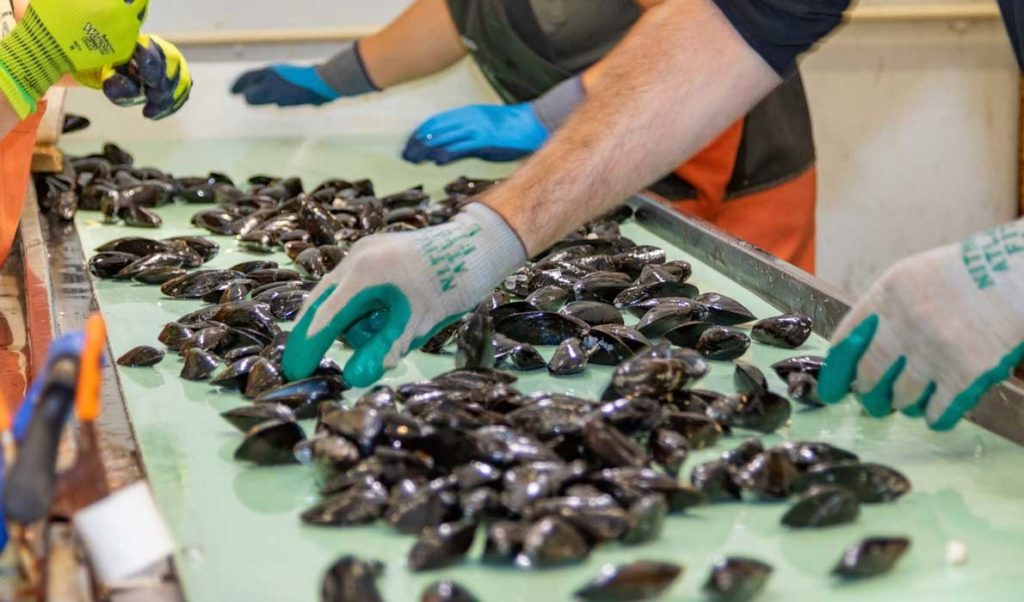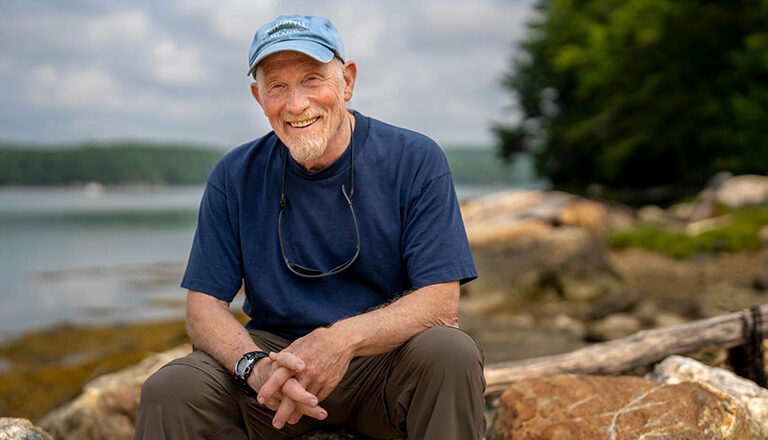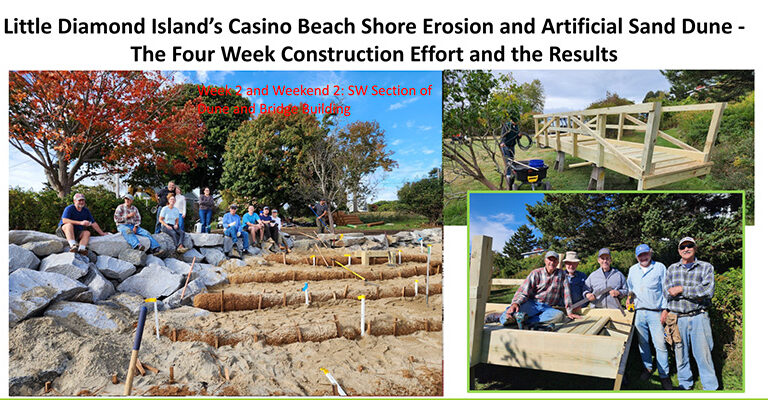A report by the Gulf of Maine Research Institute identifies the labor needs of Maine’s growing aquaculture industry and charts a course for the state to establish a comprehensive workforce training system to meet the demand.
The report—produced in partnership with the Maine Aquaculture Association and Educate Maine, with support from FocusMaine—captures the findings of a project team that included local partners, industry voices, and a team of outside experts drawn from four Scottish consulting firms.
The work drew on extensive interviews with Maine aquaculture businesses, including established and prospective land-based operations, marine producers, service providers, and supply chain companies.
“With so many businesses, NGOs, and individuals invested in the responsible growth of this industry, we knew this project needed to be a true collaboration,” said Chris Vonderweidt, GMRI’s aquaculture program manager, who led the 18-month project. “It’s crucial for all of us to understand what workforce development efforts are required to realize the potential for Maine’s coastal economy and working waterfronts.”
Maine’s aquaculture industry includes a constellation of largely owner-operator scale shellfish and marine algae farms, mid-sized service providers, and large-scale finfish production operations. New production models, such as land-based recirculating aquaculture systems, provide yet another growing employment opportunity in this sector, according to the report.
While the needs of these various business models are wide-ranging and variable, one common need emerged from the study: an expanded pool of well-trained workers.
Maine’s total aquaculture workforce exceeds 600 direct employees, plus auxiliary services, further trades, transport, processing, equipment supply, and retail employment across the value chain.
Based on interviews with existing and prospective business owners, the industry will require an influx of new trained workers in the coming years. By 2022, the aquaculture workforce is projected to include around 880 employees across production and related activities, and over 1,600 across the supply chain. By 2030, the workforce could exceed 1,000 direct employees, and over 2,000 in the total production, supply chain and downstream markets.
Without a deliberate effort to train and develop these workers, Mainers may not realize the full economic benefit of this expanding industry.
“Finding workers with the right skills is a year-after-year challenge for Mook Sea Farm,” said Bill Mook, owner of Mook Sea Farm.
After identifying the scale of the workforce needed, the report identifies Maine’s community colleges and career technical education centers as well-prepared to create learning opportunities that meet industry demand.
The report specifically recommends the creation of three vocational hubs across the state to provide vocational training specific to aquaculture: Southern Maine Community College in South Portland, the Mid-Coast School of Technology in Rockland, and Washington County Community College in Calais.
Among the other recommendations made within the report are:
- a Maine Department of Labor-approved aquaculture apprenticeship program
- the development of new occupational standards
- and marketing support to promote the new learning opportunities.
For more on this project, including both the full Maine Aquaculture Workforce Development Strategy report and a Summary Report, please visit: https://www.gmri.org/projects/maine-aquaculture-workforce-development-st….





